Partners in industry and academia are funded for the next three years for a total of 10 million Euros.
Facebook Icon
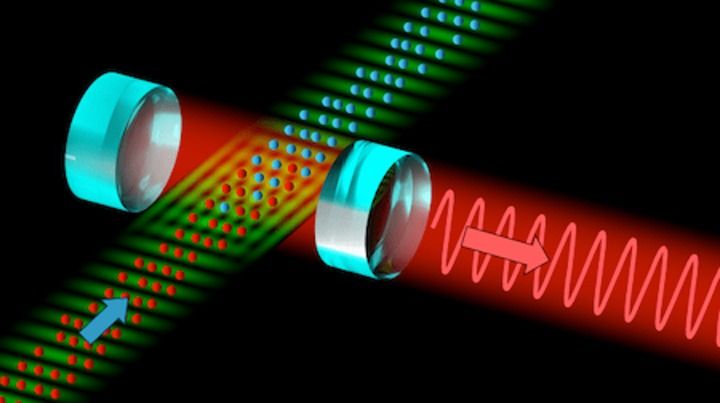
Partners in industry and academia are funded for the next three years for a total of 10 million Euros.
Facebook Icon
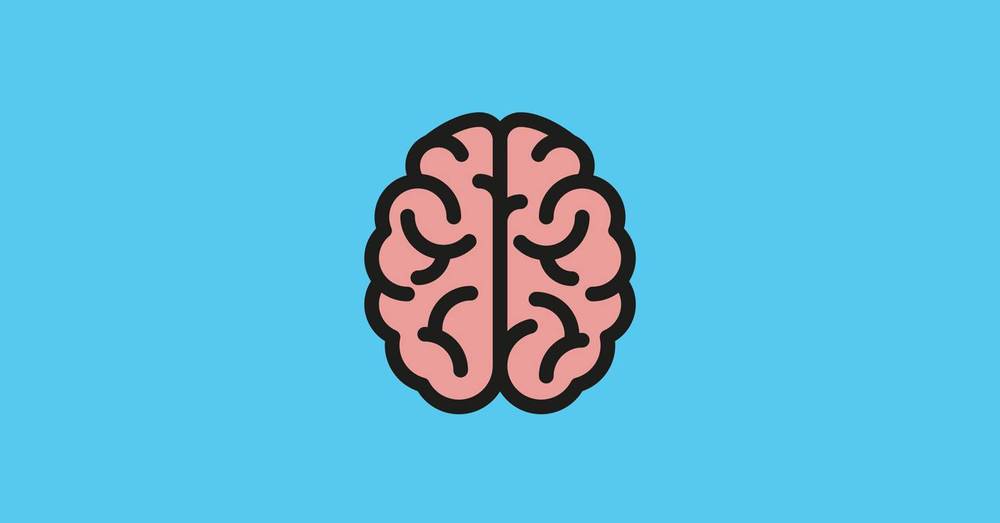
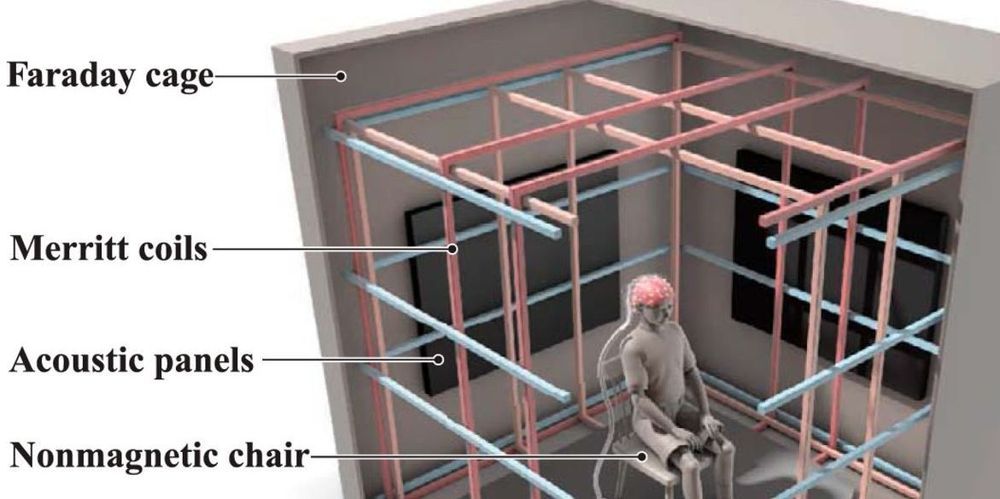
Could some humans be able to sense the Earth’s magnetic field? Evidence suggests that in addition to quite a few animal species, humans could be—yes, this is the real term—magnetoreceptors. In a recent study, scientists conducted an experiment that measured how alpha waves interacted with a trace mineral that they believe registers magnetism.
Once upon a time, scientists thought animal magnetoreception was impossible, too. As they started to understand that birds and other animals used magnetoreception to navigate in the world, they still thought there was no way humans could do it.
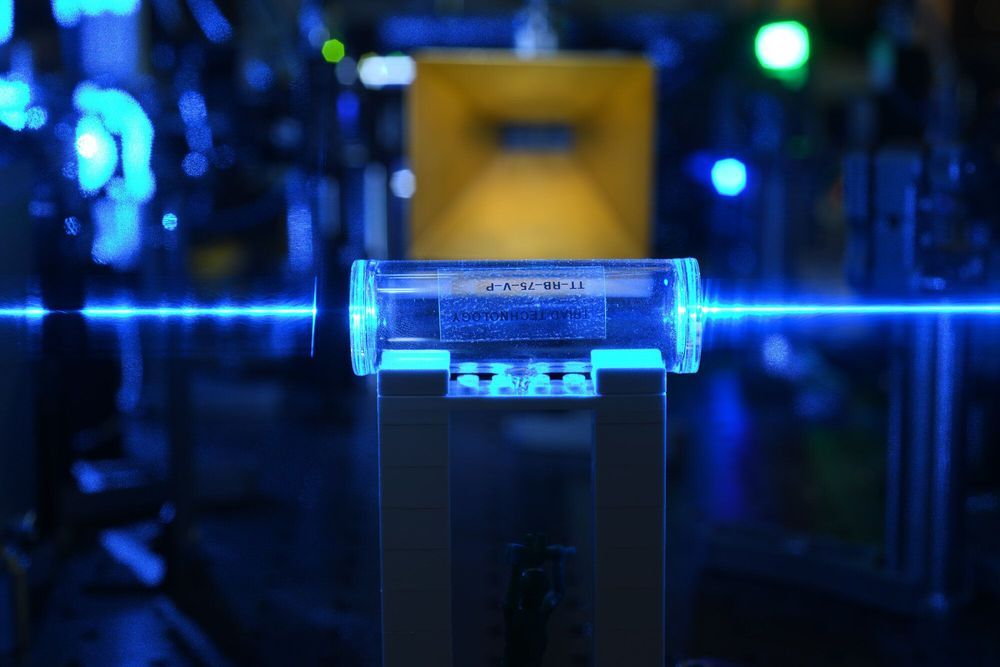
A quantum sensor could give Soldiers a way to detect communication signals over the entire radio frequency spectrum, from 0 to 100 GHz, said researchers from the Army.
Such wide spectral coverage by a single antenna is impossible with a traditional receiver system, and would require multiple systems of individual antennas, amplifiers and other components.
In 2018, Army scientists were the first in the world to create a quantum receiver that uses highly excited, super-sensitive atoms—known as Rydberg atoms—to detect communications signals, said David Meyer, a scientist at the U.S. Army Combat Capabilities Development Command’s Army Research Laboratory. The researchers calculated the receiver’s channel capacity, or rate of data transmission, based on fundamental principles, and then achieved that performance experimentally in their lab—improving on other groups’ results by orders of magnitude, Meyer said.
Known as an ion-gated transistor (IGT), the new class of technology effectively melds electronics with molecules of human skin.
But wait, you no longer need any of those, since you recently got one of the new biomed implants — a device that integrates seamlessly with body tissues, because of a watershed breakthrough that happened in the early 2020s. It’s an improved biological transistor driven by electrically charged particles that move in and out of your own cells. Like insulin pumps and cardiac pacemakers, the medical implants of the future will go where they are needed, on or inside the body.
Scientists at @Columbia built a new ion-driven transistor that can safely interact with human skin. What does this mean for the future of #medical #bioelectronics? Find out via @PhysicsWorld: https://bddy.me/2YsvJ0g #wearabletech #healthIT pic.twitter.com/qj3LX3Dqfx
— Lam Research (@LamResearch) March 26, 2019

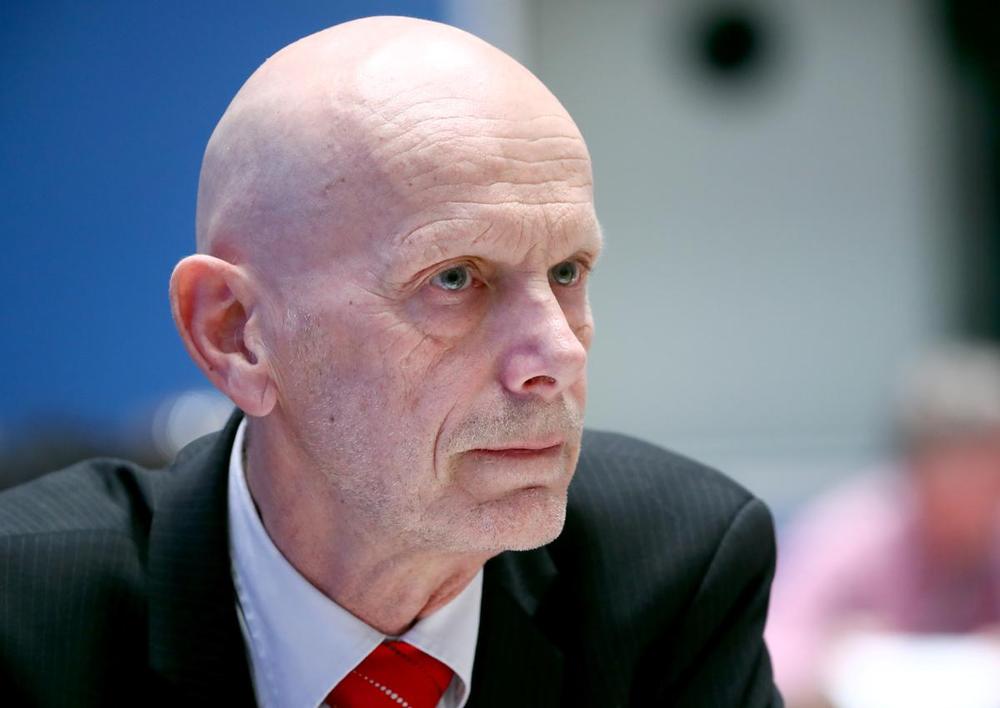
ZURICH (Reuters) — Switzerland’s health care system could collapse by the end of the month if the new coronavirus keeps spreading at current rates, a government official warned on Tuesday.
Swiss authorities estimated that 2,650 people had tested positive for the coronavirus and said 19 people had died, while predicting cases will likely soar in the weeks ahead.
Exact figures were unavailable. Daniel Koch, head of the Federal Office of Health’s communicable diseases division, said the rapid rise had outstripped the state’s ability to record new cases in real time.

Justin Thomas considers bidets to be “a key green technology” because they eliminate the use of toilet paper. According to his analysis, Americans use 36.5 billion rolls of toilet paper every year, representing the pulping of some 15 million trees. Says Thomas: “This also involves 473,587,500,000 gallons of water to produce the paper and 253,000 tons of chlorine for bleaching.” He adds that manufacturing requires about 17.3 terawatts of electricity annually and that significant amounts of energy and materials are used in packaging and in transportation to retail outlets.
That’s a lot of water, far more than is actually used by the bidet itself.
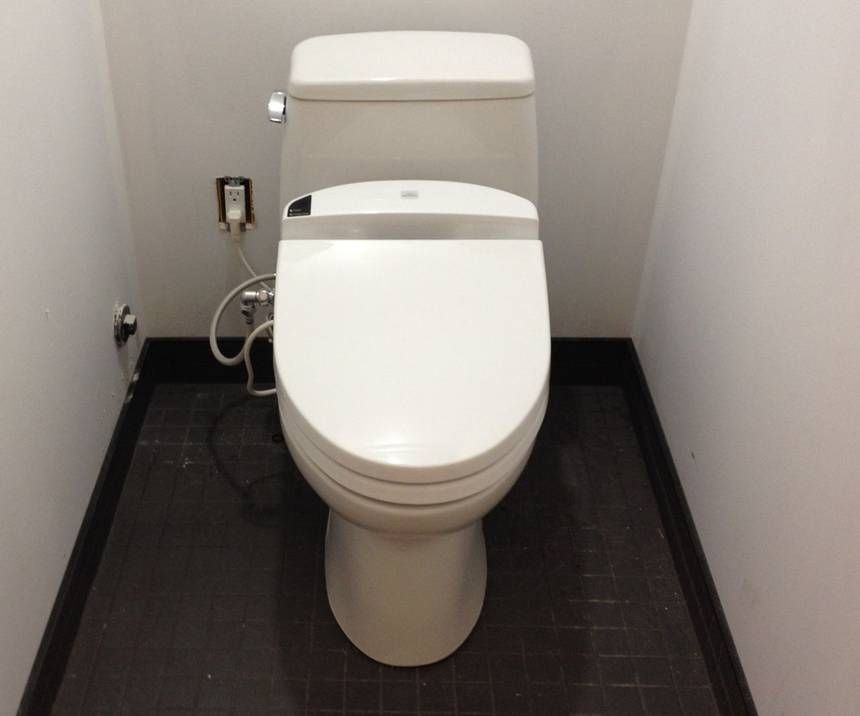 Lloyd Alter/ toto toilet with washlet/CC BY 2.0
Lloyd Alter/ toto toilet with washlet/CC BY 2.0
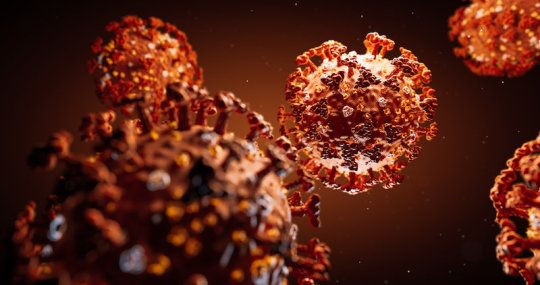
I know some have speculated that the Coronavirus was engineered:
An analysis of public genome sequence data from SARS-CoV-2 and related viruses found no evidence that the virus was made in a laboratory or otherwise engineered.
The novel SARS-CoV-2 coronavirus that emerged in the city of Wuhan, China, last year and has since caused a large scale COVID-19 epidemic and spread to more than 70 other countries is the product of natural evolution, according to findings published today in the journal Nature Medicine.
The analysis of public genome sequence data from SARS-CoV-2 and related viruses found no evidence that the virus was made in a laboratory or otherwise engineered.
“By comparing the available genome sequence data for known coronavirus strains, we can firmly determine that SARS-CoV-2 originated through natural processes,” said Kristian Andersen, PhD, an associate professor of immunology and microbiology at Scripps Research and corresponding author on the paper.
Hmm… are people with reduced lung capacity after recovering from the coronavirus more susceptible to getting the flu? Or does taking antibiotics increase one’s risk getting the coronavirus since it attacks the respiratory system?
Antibiotics can leave the lung vulnerable to flu viruses, leading to significantly worse infections and symptoms, finds a new study in mice led by the Francis Crick Institute.
The research, published in Cell Reports, discovered that signals from gut bacteria help to maintain a first line of defence in the lining of the lung. When mice with healthy gut bacteria were infected with the flu, around 80% of them survived. However, only a third survived if they were given antibiotics before being infected.
“We found that antibiotics can wipe out early flu resistance, adding further evidence that they should not be taken or prescribed lightly,” explains Dr Andreas Wack, who led the research at the Francis Crick Institute. “Inappropriate use not only promotes antibiotic resistance and kills helpful gut bacteria, but may also leave us more vulnerable to viruses. This could be relevant not only in humans but also livestock animals, as many farms around the world use antibiotics prophylactically. Further research in these environments is urgently needed to see whether this makes them more susceptible to viral infections.”